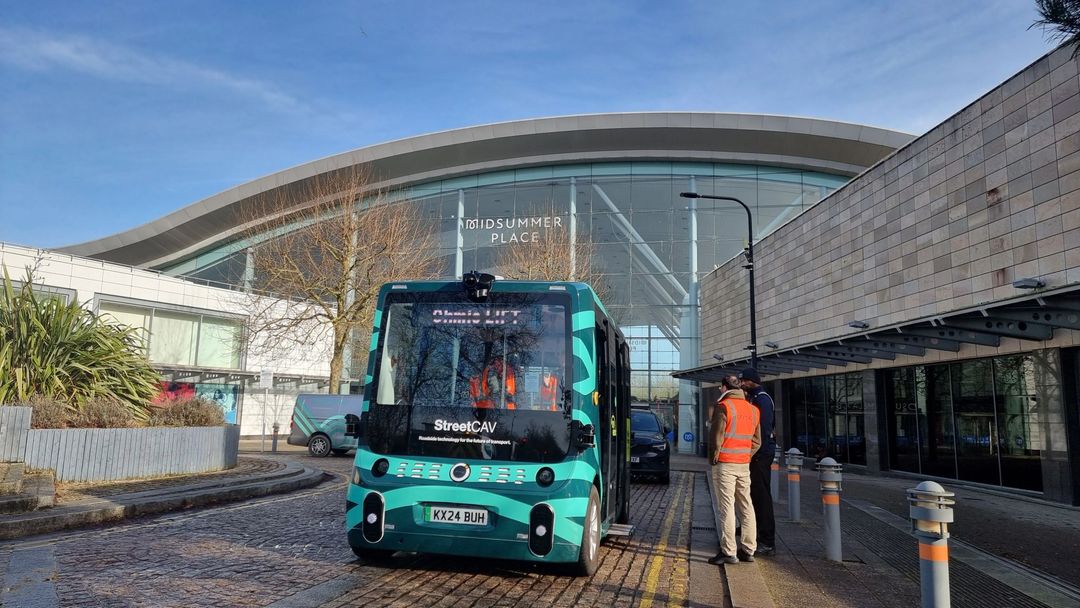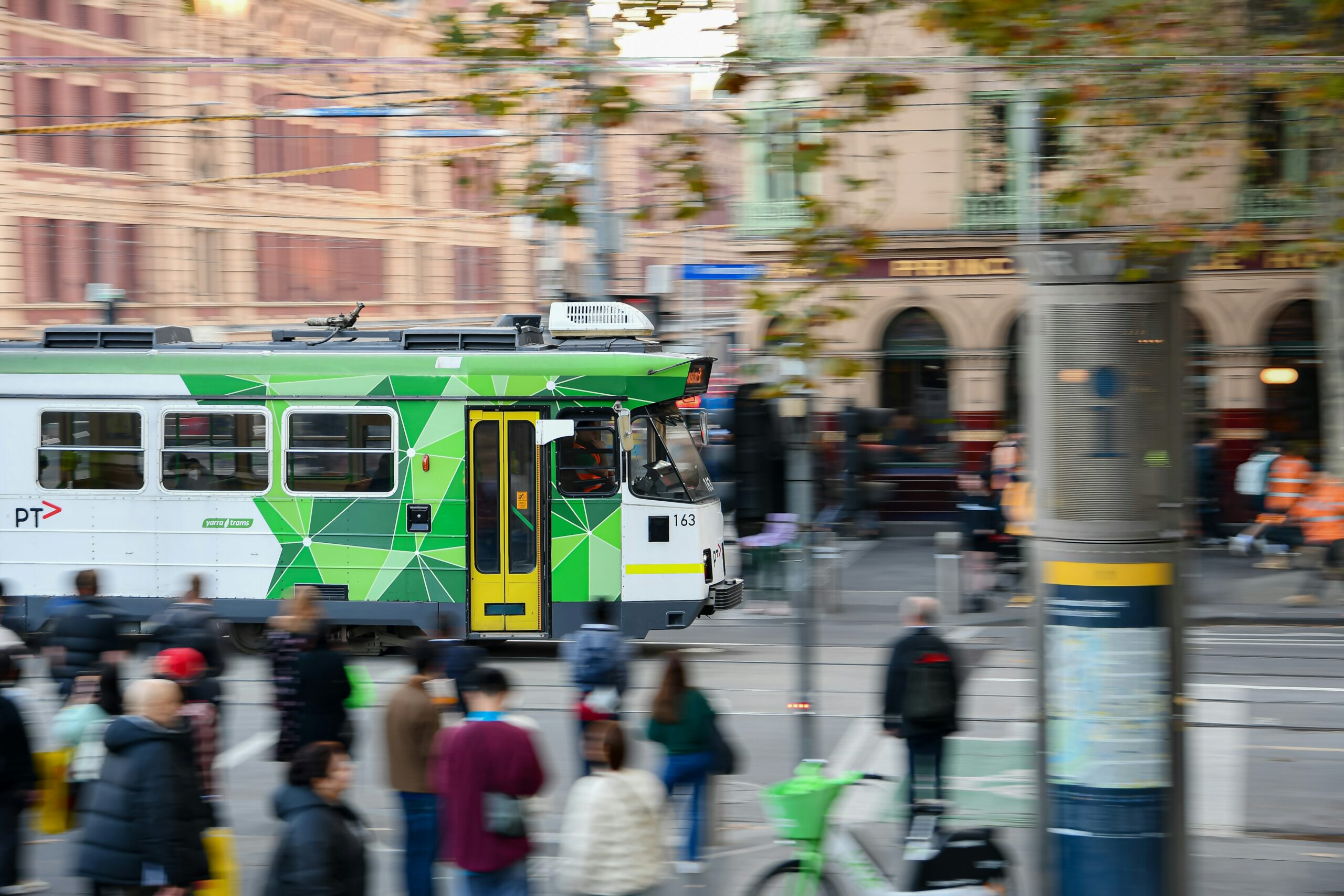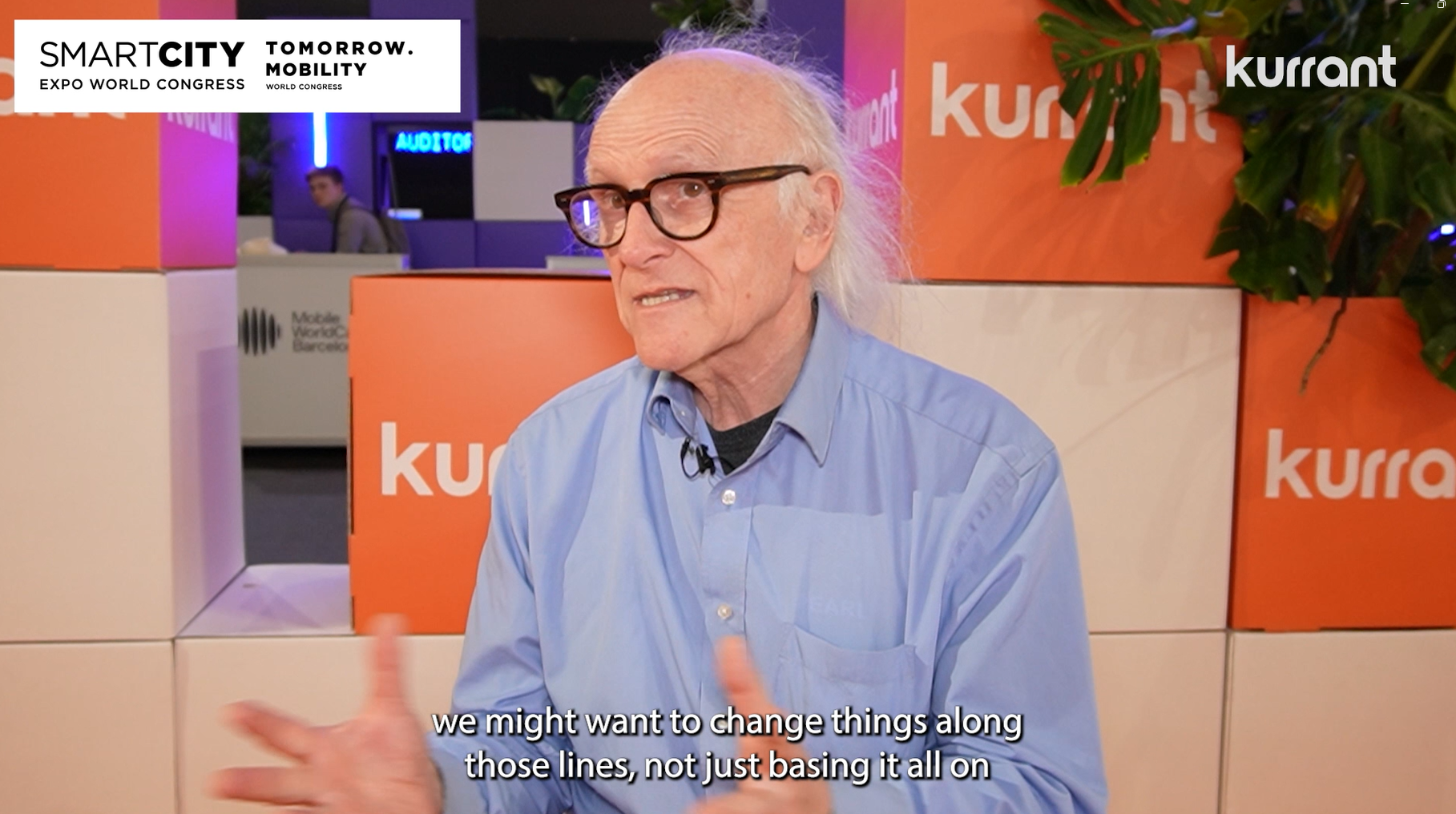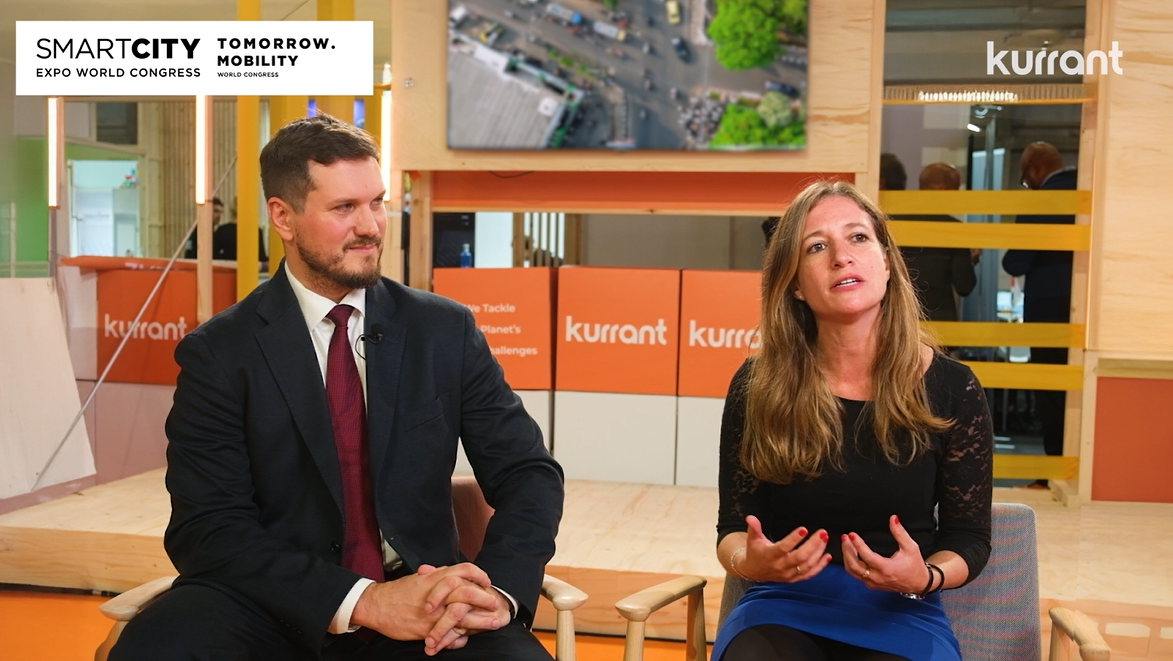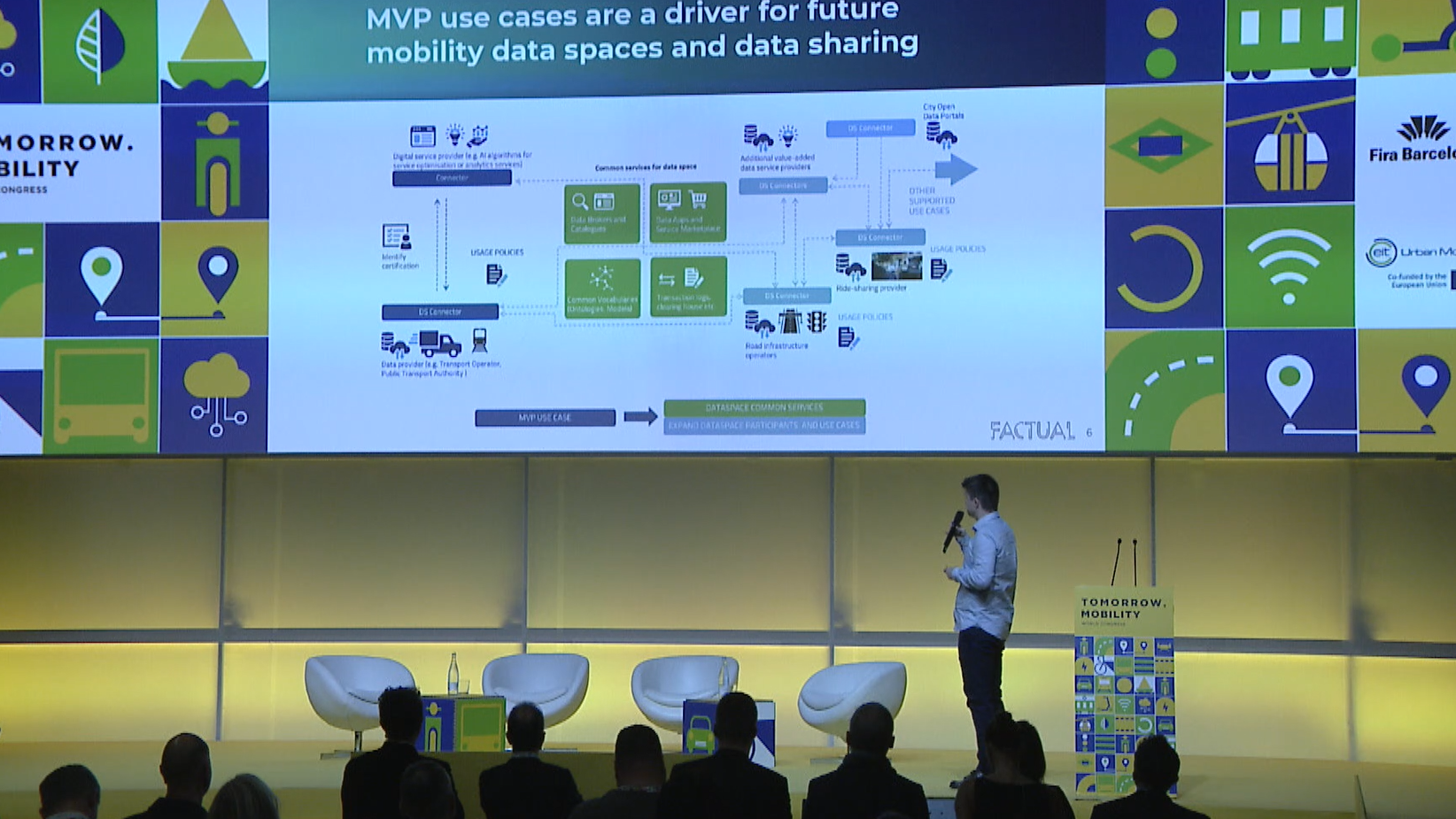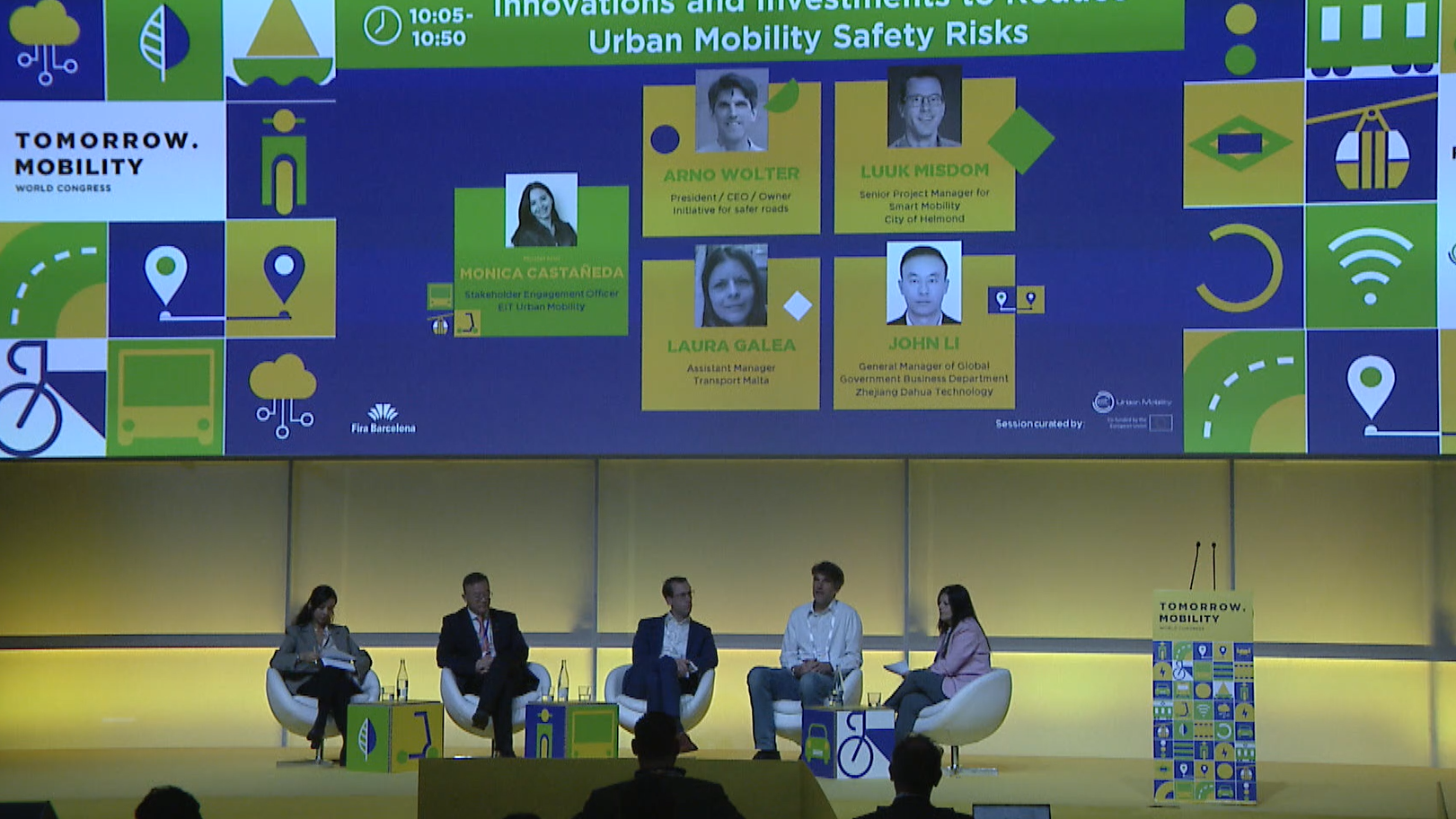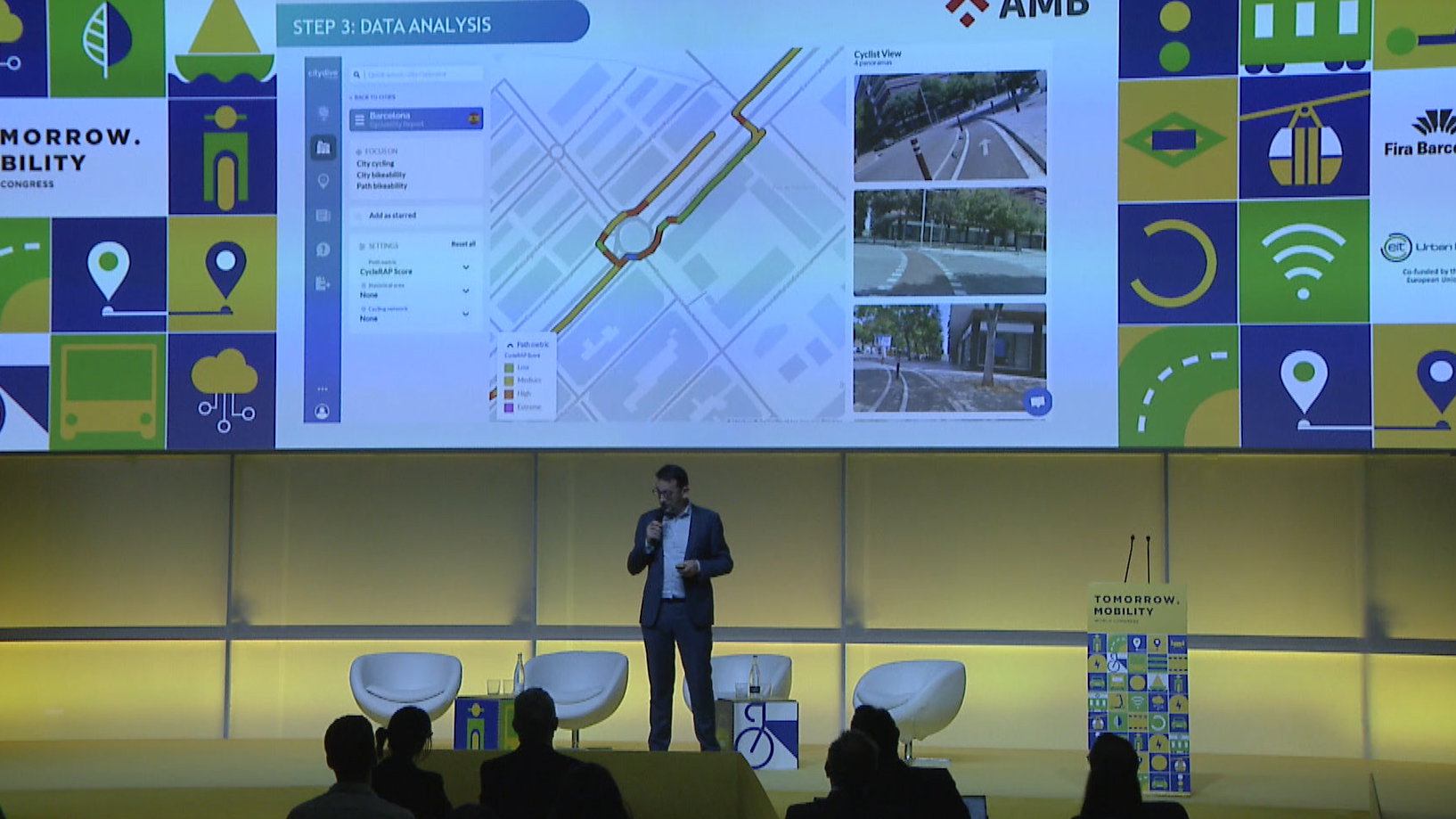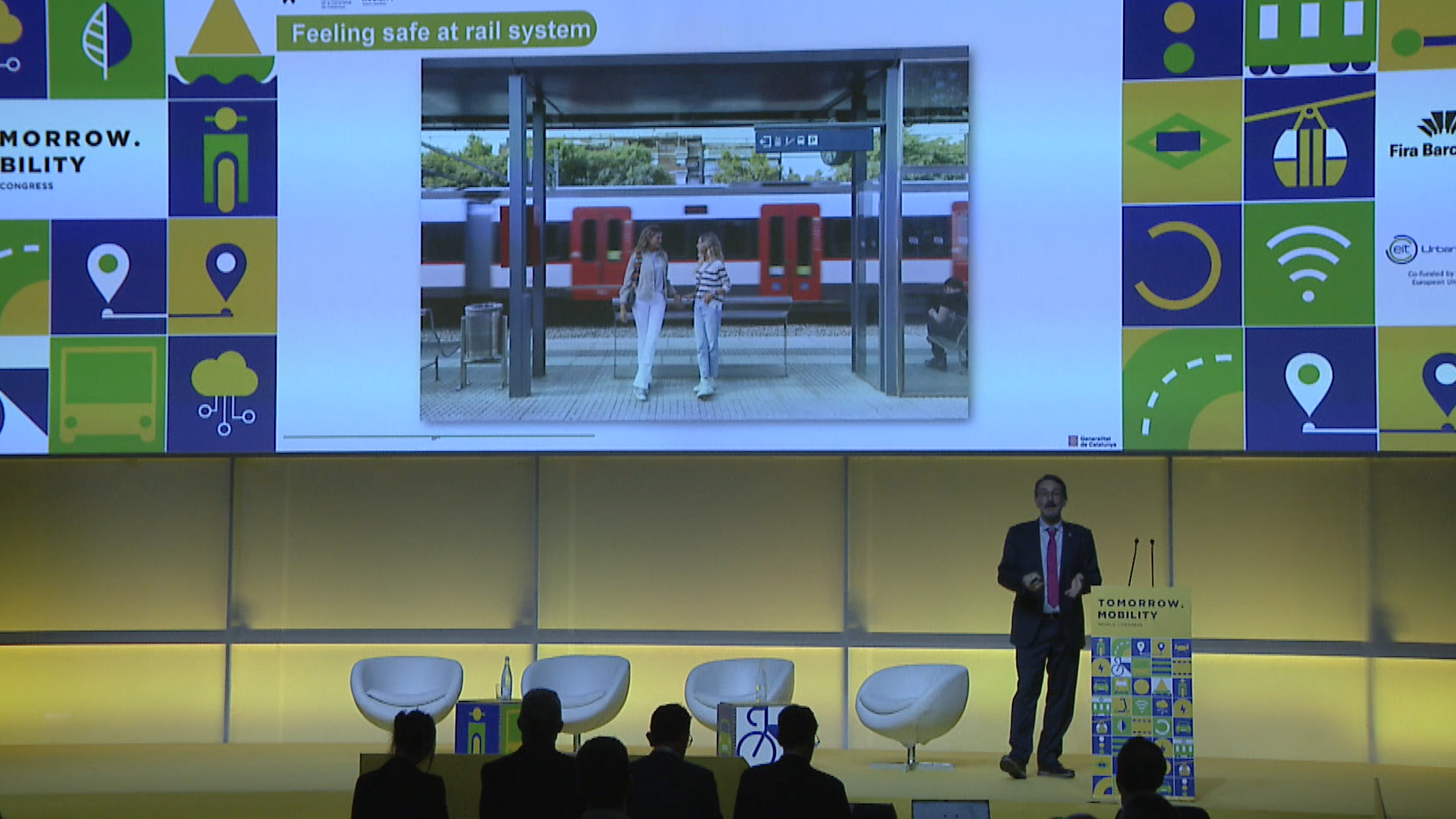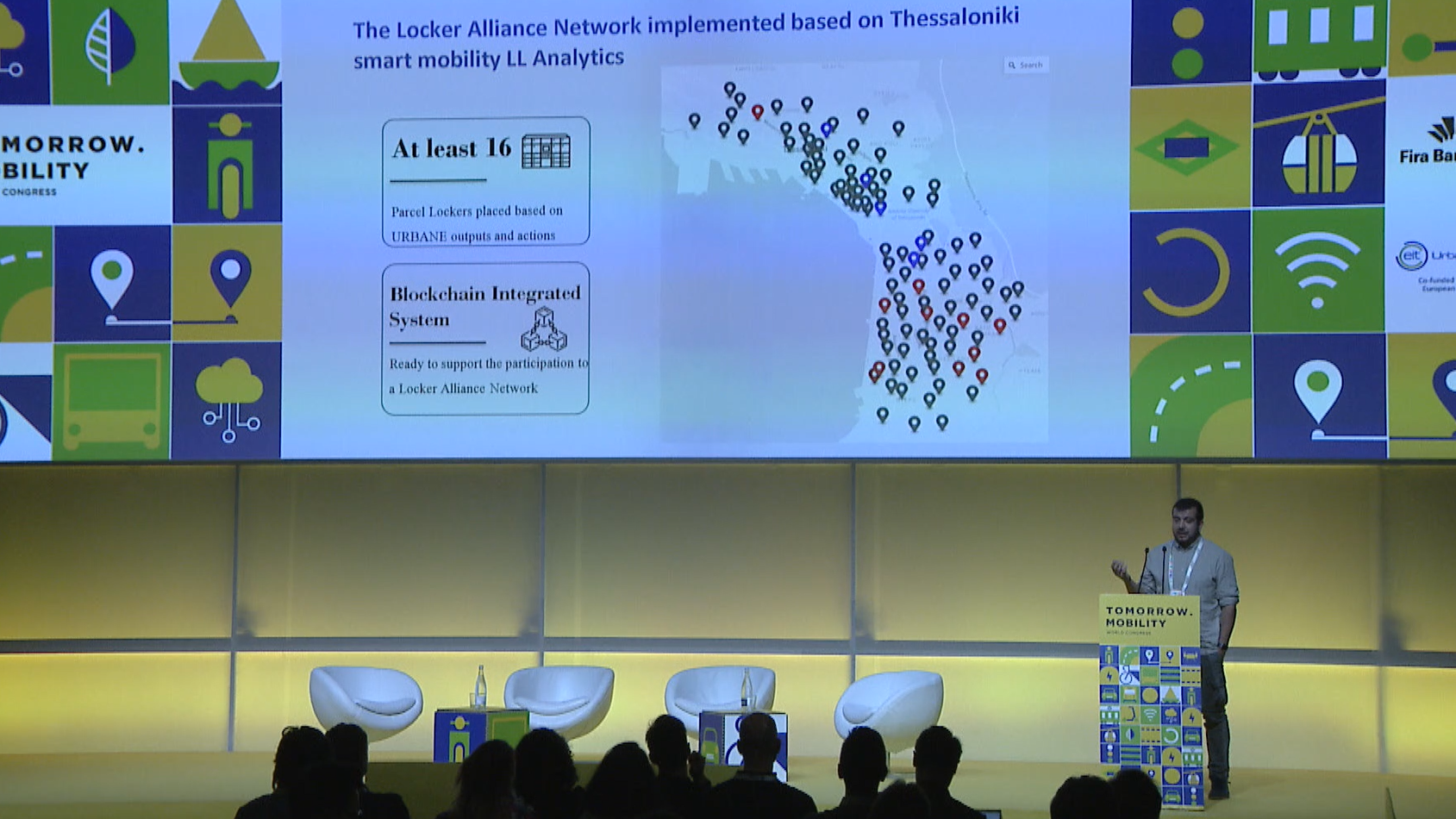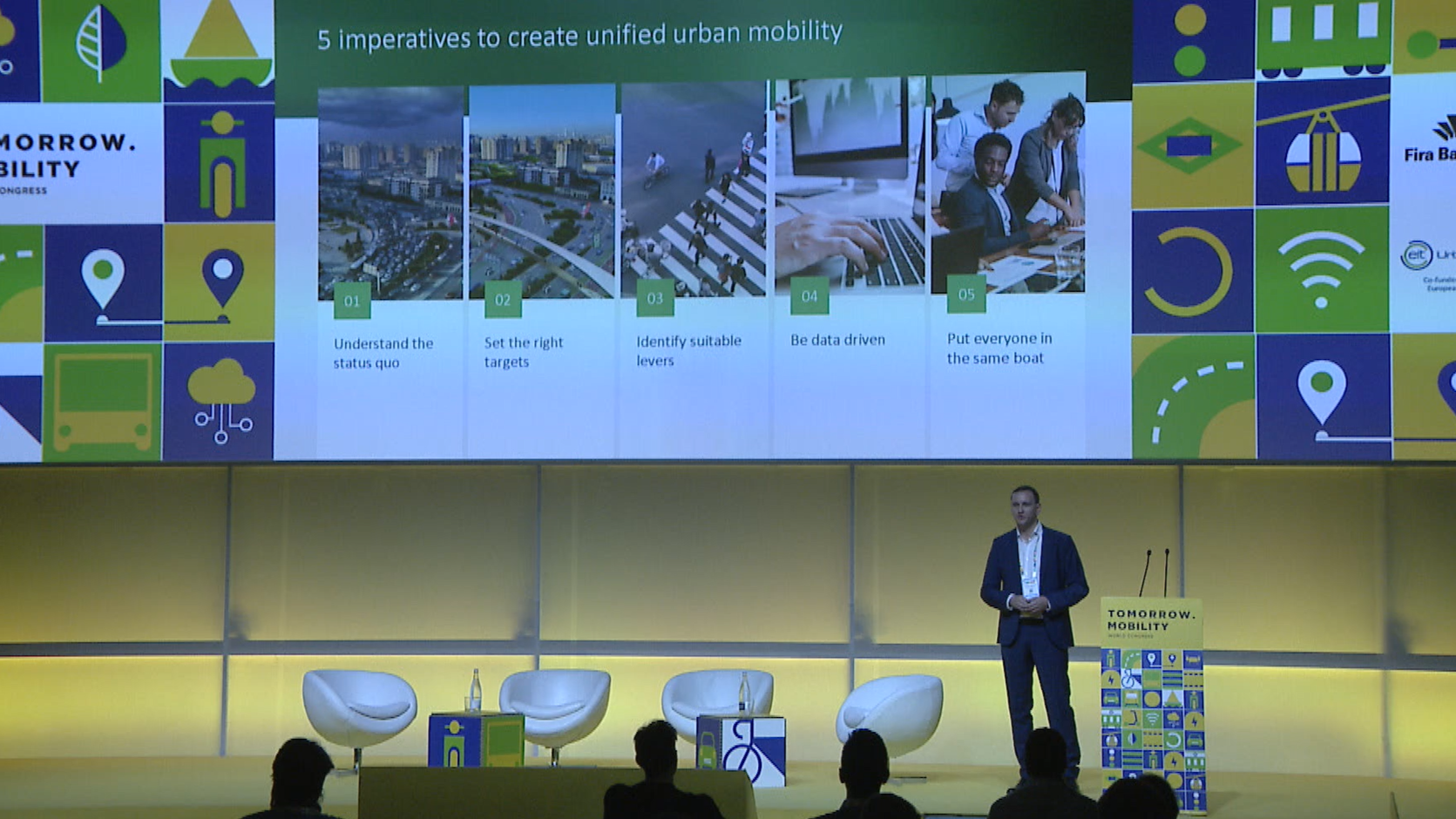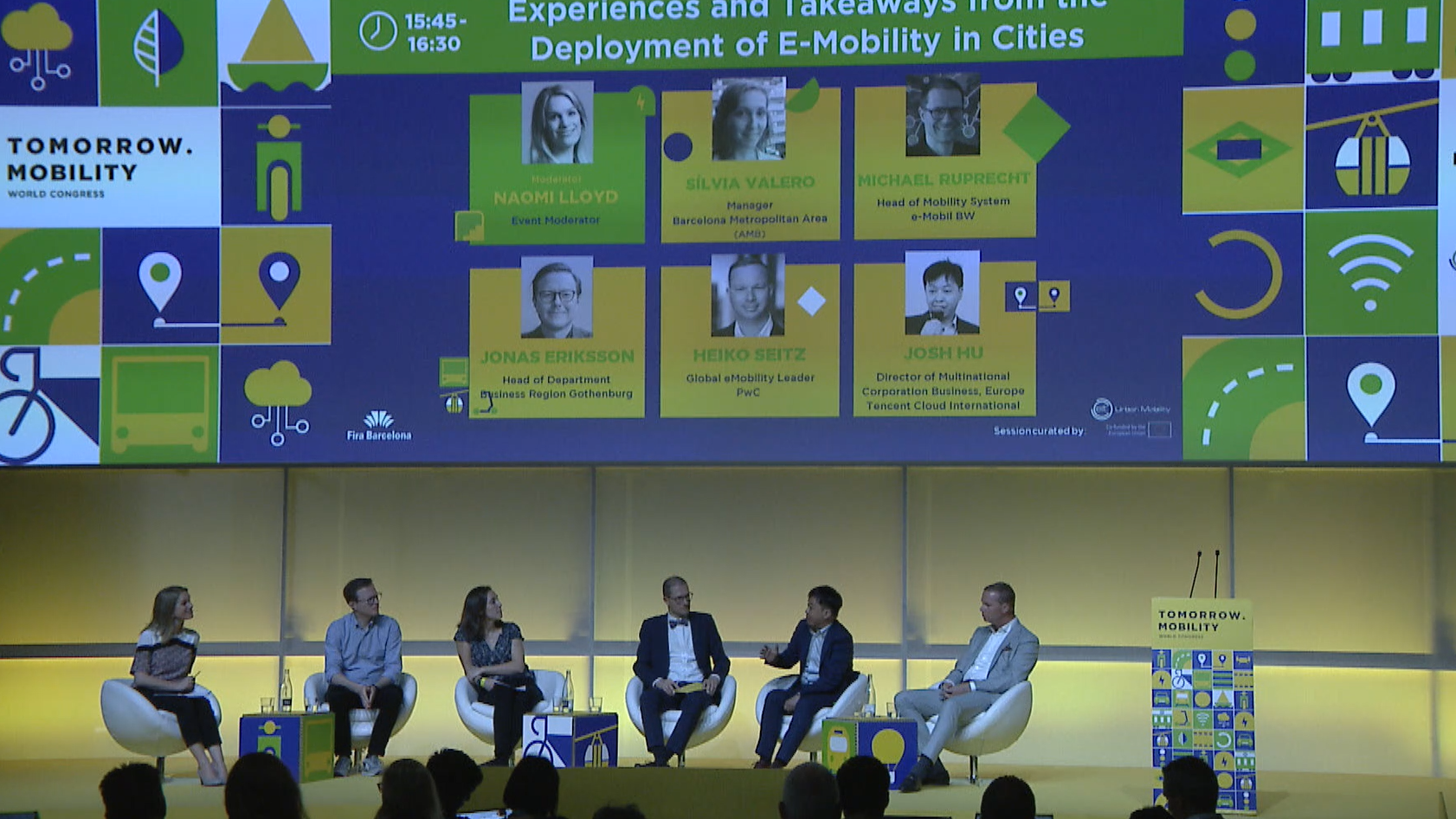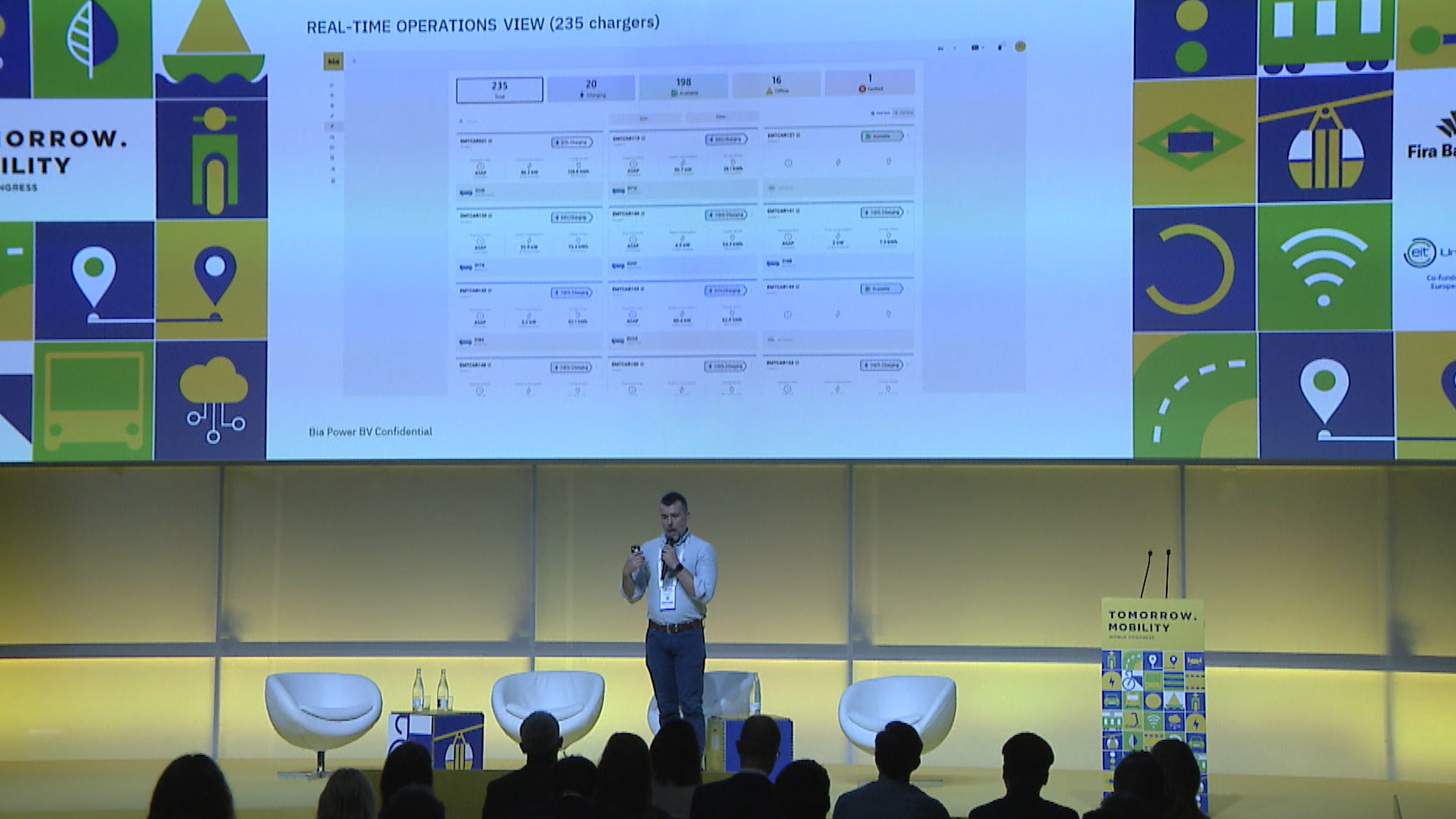Author | Elvira Esparza
The combination of smartphone connectivity and urban mobility challenges has facilitated the growth of e-hailing services in major cities worldwide. Companies like Uber have emerged as an alternative to private car ownership, contributing to enhanced urban mobility by incorporating not only vehicles but also scooters and bicycles into their services.
Uber, Lyft and DiDi top the e-hailing market
E-hailing is a mode of transportation that uses digital platforms to connect passengers with vehicle drivers. The convenience of booking a journey in a vehicle with a driver through a mobile app has played a significant role in its rapid expansion in just a few years.
Uber made its debut in 2008 in San Francisco (United States), following a frustrating experience by its founders, Travis Kalanick and Garrett Camp, who struggled to find a taxi in Paris. Their idea was to create a mode of transportation that could be summoned by simply pressing a button on a smartphone. Three years later, Uber expanded its services to New York and achieved internationalization in Paris, marking its initial move towards further expansion into India, Africa, and China.
Lyft, Uber’s primary competitor in the United States, also originated in San Francisco in 2012, aiming to enhance public transportation in the city. It was launched in New York in 2015, and today, it operates in 600 cities across the United States and Canada.
The third company is the Chinese firm DiDi, founded in 2012 by Cheng Wei as a taxi booking service, which became the market leader in China after acquiring local operations of Uber in 2016. Beyond the Chinese market, Didi has expanded its presence into the Americas, particularly in countries such as Brazil, Mexico, Colombia, and Chile, but also operates in Australia and Japan.
Uber dominates the global e-hailing market with a market share of 25% and generating revenues of $20 billion in 2023, according to Statista figures. Following Uber is Didi, reporting revenues of $18 billion, primarily derived from the Chinese market, and Lyft with $4.4 billion, despite operating exclusively in the United States and Canada.
According to the Ride Hailing Market report the global shared mobility market is projected to experience significant growth, increasing from $243.47 billion in 2023 to $519.67 billion by 2030, at a compound annual growth rate (CAGR) of 11.44%.
Regulatory measures and evolution of the industry

The competition between e-hailing services and traditional taxi offerings has resulted in notable conflicts in certain cities, prompting increased regulatory measures for these services.
In New York, it is estimated that there are around seven for-hire vehicles for every taxi, with a daily average of 5,700 taxis on the road compared to 46,800 for-hire vehicles in 2023. The Taxi & Limousine Commission governs the taxi and for-hire transportation services, which offer services throughout the city. However, to regulate the service, restrictive measures have been implemented, including limitations on licenses, fare structures, insurance requirements, and minimum salaries for drivers. Furthermore, by 2030, all Uber and Luft vehicles are required to be electric, aiming to meet the goal of making the city carbon-neutral.
The introduction of Uber in numerous European cities sparked strikes within the taxi service, with protests stemming from the perception of unfair competition. As a result, Uber faced bans in certain cities, while others imposed restrictions on the number of licenses granted. EU countries have now reached an agreement to introduce a law to regulate and improve the working conditions of workers on digital platforms such as Uber.
In London, however, licensing requirements and standards ensuring the safety of drivers, are regulated by Transport for London (TfLI). There are no limitations on the number of vehicles; however, the regulations are exceptionally strict when it comes to licensing.
What is the situation in Spain? Uber, Cabify and Bolt operated in Spain providing private hire vehicle (PHV) services. The autonomous communities are responsible for regulating the sector, with significant differences. Madrid, with 9,000 PHV licenses, has just approved the first regulation for these vehicles, which establishes the requirements to be met by drivers and companies. In Barcelona, only 3,000 licenses are issued, reflecting the strict regulations governing this service.
What advantages does e-hailing bring to urban mobility?
In contrast to more inflexible alternatives, e-hailing improves urban mobility by reducing reliance on private cars and integrating vehicle hire services, taxi services or shared-use vehicles. By limiting the number of cars on the roads, it aids in mitigating pollution.
Additionally, it promotes sustainable practices by incorporating not only vehicles but also bikes and scooters into the rental service, catering to the specific needs of each user for getting about the city.
What lies ahead for the future development of e-hailing?
The evolution of artificial intelligence and autonomous driving, under close scrutiny by the technological partners of these platforms, is poised to shape the progress of this sector in the upcoming years.
The prevailing trend suggests a shift towards more personalized and efficient services, allowing users to select the transportation option that best suits their needs at any given time through a unified platform, gradually diminishing reliance on human drivers and even challenging the traditional concept of private vehicles. In fact, almost all the major manufacturers have e-hailing agreements signed or are considering granting access to their vehicles in the future as if they were a service, reserving sales for consumers who, given their specific circumstances, need to own a private vehicle.
Images | Andy Vult, Lyft















